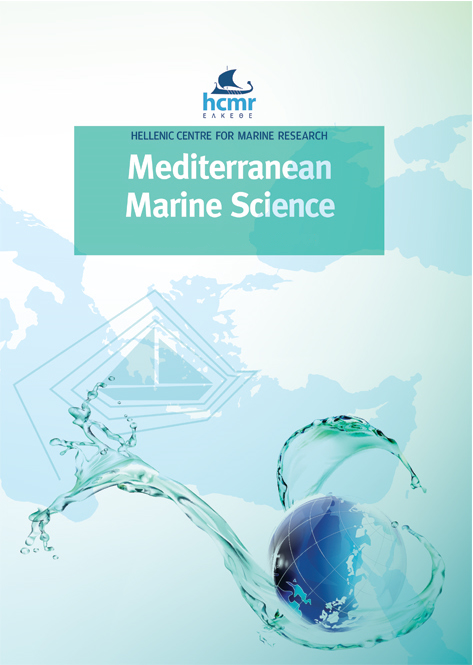Last Interglacial dispersal and genetic diversification, from eastern Mediterranean penultimate glacial refugia, and pre-LGM demographic expansion drive genetic panmixia within the hermit crab Clibanarius erythropus (Decapoda: Anomura: Diogenidae) across the East Atlantic and Mediterranean Sea

Abstract
In this study, we investigate the phylogeography of the hermit crab Clibanarius erythropus and reconstruct the evolutionary, biogeographic and demographic histories resulting in the onset of the current patterns of genetic diversity and structure as a continuing effort to unravel and understand the processes underlying the microevolution and genetic diversification within Atlanto Mediterranean intertidal biota. For this purpose, a total of 149 specimens of the decapod species were collected from fifteen locations, covering almost the entire distribution area, genetically analyzed and compared at the mitochondrial cytochrome oxidase subunit 1 gene. Our results revealed marked macrogeographic genetic homogeneity across the East Atlantic-Mediterranean littoral, with a noticeable lack of phylogeographic structure across postulated biogeographic boundaries within the surveyed geographic spectrum. The recorded pattern of population genetic structure was found to be driven by Last Interglacial (LIG) genetic diversification, coinciding with a dispersal and colonization of the species from putative penultimate glacial refugia in the eastern Mediterranean. Successive demographic expansion of C. erythropus, preceding the Last Glacial Maximum (LGM) of the Pleistocene, alongside the detected pattern of regional demographic and spatial expansions, might have played a crucial role in impeding the onset of genetic distinctness. These events could have also been involved in erasing any pre-existing accumulated genetic divergence during the short period since the LIG diversification (resulting from potential founder effects and genetic bottlenecks following colonization episodes). Overall, they might have contributed to the homogenization of gene pool following range expansion, thus intensifying the effect of the recent LIG genetic diversification and leading to the currently observed macrogeographic genetic panmixia in the studied hermit crab species. The resulting lack of phylogeographic structure within C. erythropus across its distribution range, reflecting the residual effect of recent evolutionary history, is still likely maintained by the impact of contemporary abiotic and biotic homogenizing processes. These novel insights add evidence to the various and alternative evolutionary strategies causing genetic panmixia within marine biota by unraveling a new genetic diversification process in the studied hermit crab species (interplay between impacts of LIG dispersal from potential eastern Mediterranean refugia and pre-LGM demographic expansion) in comparison to earlier recorded mechanisms in other marine species.
Article Details
- How to Cite
-
DELI, T., ECKEL, K., & SCHUBART D. , C. (2025). Last Interglacial dispersal and genetic diversification, from eastern Mediterranean penultimate glacial refugia, and pre-LGM demographic expansion drive genetic panmixia within the hermit crab Clibanarius erythropus (Decapoda: Anomura: Diogenidae) across the East Atlantic and Mediterranean Sea. Mediterranean Marine Science, 26(1), 230–255. https://doi.org/10.12681/mms.36388
- Section
- Research Article
Authors who publish with this journal agree to the following terms:
- Authors retain copyright and grant the journal right of first publication with the work simultaneously licensed under a Creative Commons Attribution Non-Commercial License that allows others to share the work with an acknowledgement of the work's authorship and initial publication in this journal.
- Authors are able to enter into separate, additional contractual arrangements for the non-exclusive distribution of the journal's published version of the work (e.g. post it to an institutional repository or publish it in a book), with an acknowledgement of its initial publication in this journal.
- Authors are permitted and encouraged to post their work online (preferably in institutional repositories or on their website) prior to and during the submission process, as it can lead to productive exchanges, as well as earlier and greater citation of published work (See The Effect of Open Access).




